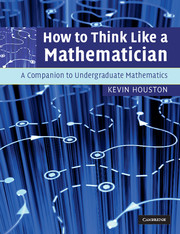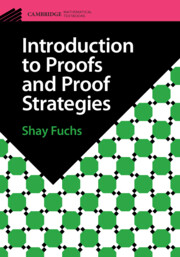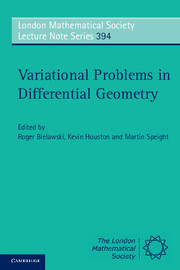How to Think Like a Mathematician
Looking for a head start in your undergraduate degree in mathematics? Maybe you've already started your degree and feel bewildered by the subject you previously loved? Don't panic! This friendly companion will ease your transition to real mathematical thinking. Working through the book you will develop an arsenal of techniques to help you unlock the meaning of definitions, theorems and proofs, solve problems, and write mathematics effectively. All the major methods of proof - direct method, cases, induction, contradiction and contrapositive - are featured. Concrete examples are used throughout, and you'll get plenty of practice on topics common to many courses such as divisors, Euclidean algorithms, modular arithmetic, equivalence relations, and injectivity and surjectivity of functions. The material has been tested by real students over many years so all the essentials are covered. With over 300 exercises to help you test your progress, you'll soon learn how to think like a mathematician.
- Encourages a questioning and active nature rather than a passive one, leading the reader to develop a deeper understanding of mathematics
- Emphasises the use of examples and counterexamples to illuminate theorems
- Essential for any starting undergraduates in mathematics; also of benefit to engineers and physicists who need high-level mathematics, and students that require logic such as computer scientists, philosophers, and linguists
Product details
February 2009Paperback
9780521719780
274 pages
254 × 195 × 19 mm
0.56kg
1 b/w illus. 10 tables 335 exercises
Available
Table of Contents
- Preface
- Part I. Study Skills For Mathematicians:
- 1. Sets and functions
- 2. Reading mathematics
- 3. Writing mathematics I
- 4. Writing mathematics II
- 5. How to solve problems
- Part II. How To Think Logically:
- 6. Making a statement
- 7. Implications
- 8. Finer points concerning implications
- 9. Converse and equivalence
- 10. Quantifiers – For all and There exists
- 11. Complexity and negation of quantifiers
- 12. Examples and counterexamples
- 13. Summary of logic
- Part III. Definitions, Theorems and Proofs:
- 14. Definitions, theorems and proofs
- 15. How to read a definition
- 16. How to read a theorem
- 17. Proof
- 18. How to read a proof
- 19. A study of Pythagoras' Theorem
- Part IV. Techniques of Proof:
- 20. Techniques of proof I: direct method
- 21. Some common mistakes
- 22. Techniques of proof II: proof by cases
- 23. Techniques of proof III: Contradiction
- 24. Techniques of proof IV: Induction
- 25. More sophisticated induction techniques
- 26. Techniques of proof V: contrapositive method
- Part V. Mathematics That All Good Mathematicians Need:
- 27. Divisors
- 28. The Euclidean Algorithm
- 29. Modular arithmetic
- 30. Injective, surjective, bijective – and a bit about infinity
- 31. Equivalence relations
- Part VI. Closing Remarks:
- 32. Putting it all together
- 33. Generalization and specialization
- 34. True understanding
- 35. The biggest secret
- Appendices: A. Greek alphabet
- B. Commonly used symbols and notation
- C. How to prove that …
- Index.




